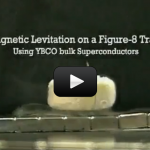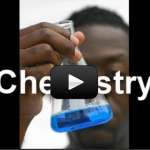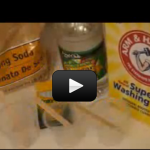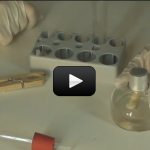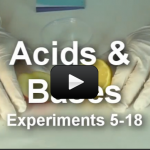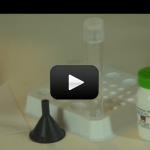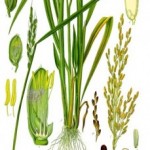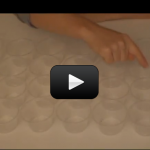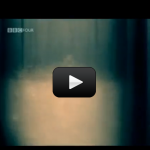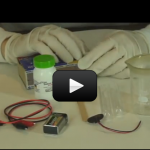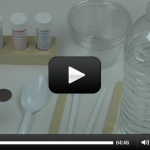By studying tiny bits of matter called atoms, you can figure out why chemicals do what they do – some explode when they touch water (like cesium), while other just sit there for years (like a twinkie). Some chemicals are particularly nasty, like sodium (which explodes on contact with water) and chlorine (which is lethal). but when you combine these two together, you get table salt. So what gives?
Soon you’ll be able to explain everyday things, like why baking soda and vinegar bubble, why only certain chemicals grow crystals, what fire really is made of, how to transform copper into gold, and how to make cold light. Once you wrap your head around these basic chemistry ideas (like acids, polymers, and kinetics), you can make better choices about the products you use everyday like pain relievers, cold compresses, and getting a loaf of bread to rise. Are your ready? This video will get you started with your lesson in molecules:
Soon you’ll be able to explain everyday things, like why baking soda and vinegar bubble, why only certain chemicals grow crystals, what fire really is made of, how to transform copper into gold, and how to make cold light. Once you wrap your head around these basic chemistry ideas (like acids, polymers, and kinetics), you can make better choices about the products you use everyday like pain relievers, cold compresses, and getting a loaf of bread to rise. Are your ready? This video will get you started with your lesson in molecules:


